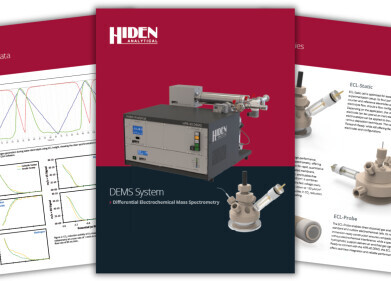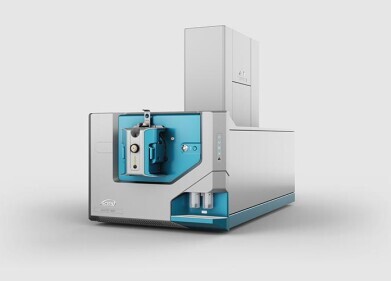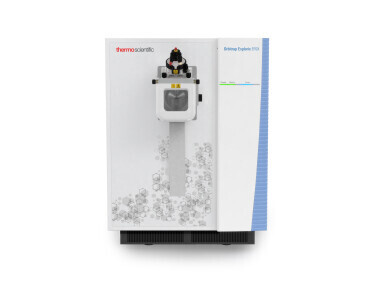Mass spectrometry & spectroscopy
What Are the Applications of AA Spectroscopy?
Apr 19 2022
Utilised across a wide range of industries and niches, Atomic Absorption (AA) Spectroscopy is one of the most useful analytical tools available to scientists. Like other forms of spectroscopy, it uses light absorption and emission patterns to characterise the unique properties of matter. AA Spectroscopy is unique as it allows scientists to not only detect the presence of metallic elements within a sample, but also calculate concentrations.
The benefits of AA Spectroscopy
With the capacity to detect around 70 individual elements and compatibility with both liquid and solid samples, AA Spectroscopy is a workhorse in scientific laboratories. It’s particularly useful for detecting metals, making it instrumental to a broad spectrum of industries. High sensitivity is another major benefit, with AA Spectroscopy capable of detecting parts per billion (ppb) concentration.
Read on to find out more about the different applications of AA Spectroscopy:
Mining
In the mining sector, AA Spectroscopy is used to analyse samples and determine if sites have the potential to be profitable. The technique is used to recover precious metals such as gold and silver, as well as resources such as copper and iron ore.
Pharmacology
From developing new products to quality control testing, AA Spectroscopy is a mainstay in pharmacology laboratories. For example, AA Spectroscopy is used to ensure antibiotics are free from toxic metals such as platinum and palladium before hitting consumer shelves.
Forensics
Over the past decade, AA Spectroscopy has drastically improved the accuracy of toxicology reports, allowing forensic scientists to detect even the smallest traces of lethal metals such as lead and mercury. The technique is used to analyse muscle and brain tissue, as well as detect gunpowder residue.
Food, beverage and health supplements
Even the smallest traces of heavy metals can cause serious health problems when consumed by human. The food, beverage and health supplements sectors rely on AA Spectroscopy to test products and ensure they’re safe for consumption.
Archaeology
The ability to detect trace elements in artefacts makes AA Spectroscopy a useful tool for archaeological analysis. It’s used to gain insight into the elemental composition of artefacts, which can reveal information about age, origins and uses.
Environmental
The ability to detect miniscule quantities of contaminants and metallic particles has made AA Spectroscopy a valuable tool used for H20 analysis. It’s used by municipalities to sample drinking water and by environmental scientists to monitor water quality.
AA Spectroscopy offers a wide range of applications, however it’s not the only method used in scientific laboratories. Find out more about alternatives to AA Spectroscopy, including X-Ray Spectroscopy and UV-Visible Spectroscopy in ‘What Are the Different Types of Spectroscopy?’
Digital Edition
Lab Asia Dec 2025
December 2025
Chromatography Articles- Cutting-edge sample preparation tools help laboratories to stay ahead of the curveMass Spectrometry & Spectroscopy Articles- Unlocking the complexity of metabolomics: Pushi...
View all digital editions
Events
Jan 21 2026 Tokyo, Japan
Jan 28 2026 Tokyo, Japan
Jan 29 2026 New Delhi, India
Feb 07 2026 Boston, MA, USA
Asia Pharma Expo/Asia Lab Expo
Feb 12 2026 Dhaka, Bangladesh



















